(Psst: The FTC wants me to remind you that this website contains affiliate links. That means if you make a purchase from a link you click on, I might receive a small commission. This does not increase the price you’ll pay for that item nor does it decrease the awesomeness of the item. ~ Daisy)
Want to make sticking to your budget fun? Indulge your artsy side and create a bullet journal budget!
This doodle-licious way to track your spending and make a visual representation of your budget can help you to save more money and stay financially organized. Best of all, it costs very little, if anything, to start bullet journaling.
What are bullet journals?
First things first, let’s talk about bullet journals.
Also nicknamed BuJos, bullet journals were developed by designer Ryder Carroll. Wikipedia hooks us up with further information.
The system organizes scheduling, reminders, to-do lists, brainstorming, and other organizational tasks into a single notebook. The name “bullet journal” comes from the use of abbreviated bullet points to log information, but it also partially comes from the use of dot journals, which are gridded using dots rather than lines. First shared with the public in 2013, it has become a popular organization method.
Some folks just make handwritten lists and others get outright artsy-fartsy with the whole thing. You can do whatever you’re comfortable with. Some people employ colored pens, stickers, calligraphy, washi tape, and stencils in their bullet journals.
My youngest daughter is an avid bullet journaled, and she is who inspired me to start this fun little hobby. She uses her bullet journals to stay organized, making menus, budget pages, savings pages, and fitness pages.
I have different bullet journals for different things. Currently, I’m using the technique to learn Greek. I while away the hours watching Netflix in the evening and doodling in Greek.
As you can see, there are tons of ways to use bullet journaling to improve your life and reach your goals.
How can bullet journaling be used for your budget?
The sky is the limit with bullet journals. You can track anything you want in them. Here are some ideas for layouts to put in your money journal.
- Start with your monthly budget.
- Break your monthly budget down into a weekly budget.
- Journal your meal plan and shopping list.
- Track savings goals.
- Track debt payoffs.
- Reinforce good money habits.
- Track your expenses.
Don’t underestimate the satisfaction you’ll feel when crossing something off your list when it’s paid in full or something you’ve been saving for is fully funded!
What do you need to get started with a bullet journal?
You can spend as much or as little as you want to get started.
The journal
There are loads of expensive bullet journals out there on the market and you can pay up to $20 or even more for one. However, I don’t think spending $20 on a leatherbound doodle pad is really the most efficient way to start your money-saving journal – kind of ironic, don’t you think?
I just use a regular spiral notebook with lined paper found at any dollar or discount store for mine. You may prefer graph paper, dot paper, or unlined paper.
Writing instruments
The choice is yours, of course. I have some colorful gel pens, some ballpoint pens, and highlighters. Before I jaunted off into the wild blue yonder that is Europe, I also used coloring pencils.
I don’t recommend markers because they bleed through the page too much and can rule your other layouts.
My pens all come from a dollar store or some other type of discount store. You can also quietly steal colored pencils and crayons from your children while they’re sleeping. Some people go crazy at the art store and buy all manner of fancy instruments. The choice is yours.
Accessories
This is a place where you can go wild.
I have a little set in my pencil case with a small ruler and protractor that I use for making straight lines and smooth curves. That’s about it for fancy additions for me. Other folks who I know use stickers, colorful washi tape for borders, and stencils for making snazzy lettering. Personally, I hand-letter and make it part of the doodling. You can really express your creativity with your bullet journaling accessories.
Here are some awesome sample layouts
I’m not very artsy, so I’m going to share some links to people who are. I found several awesome articles about bullet journaling your budget, complete with layouts to inspire your own bullet journal budget.
- This person with perfect handwriting has 20 different financial layouts that will get your wheels turning.
- This website has some very nice free printables to get you started.
- I loved the colorful inspiration in this article – plus, all the artsy stuff seems very achievable even if you aren’t Picasso.
- This article has some great ideas with thorough explanations. Don’t forget to scroll down to the end, where you’ll find links to even more bullet journal budget inspiration.
Are you a bullet journaler?
I find that I’m most successful at starting a positive new habit when I obsess over it a little bit. By spending some of my free time doodling about it, I’m putting more of my mental energy into making the change. Focus makes a huge difference when you’re trying to achieve big things. And what’s more, I find bullet journaling to be a calming, positive hobby and a great way to commit things to memory.
Have you ever tried using a bullet journal? Do you use this technique to keep your budget on track? Are you interested in giving a bullet journal budget a try? Let’s talk about it in the comments.
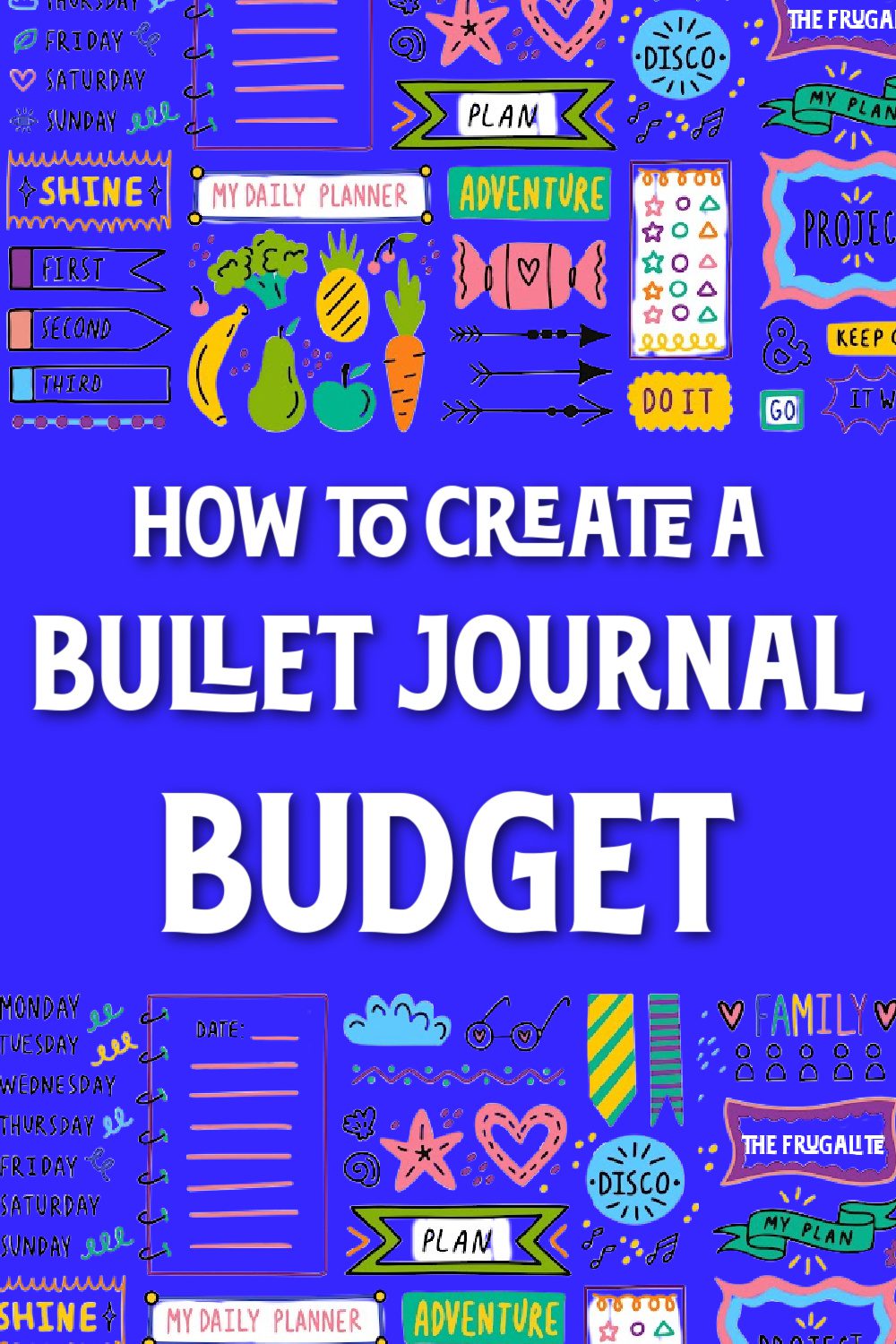

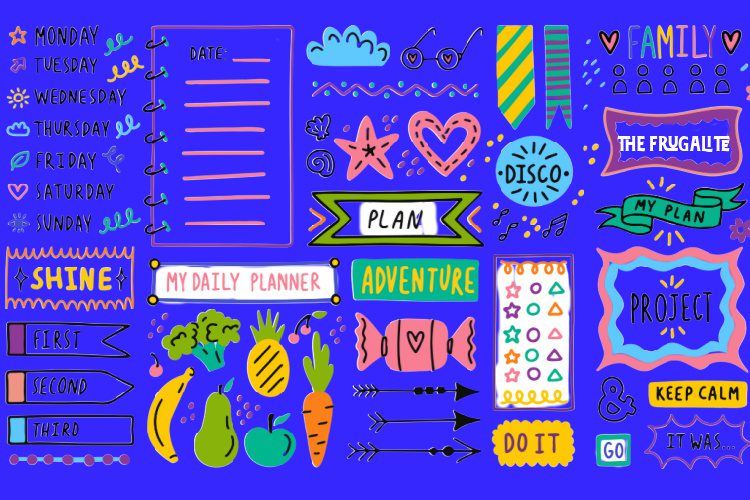
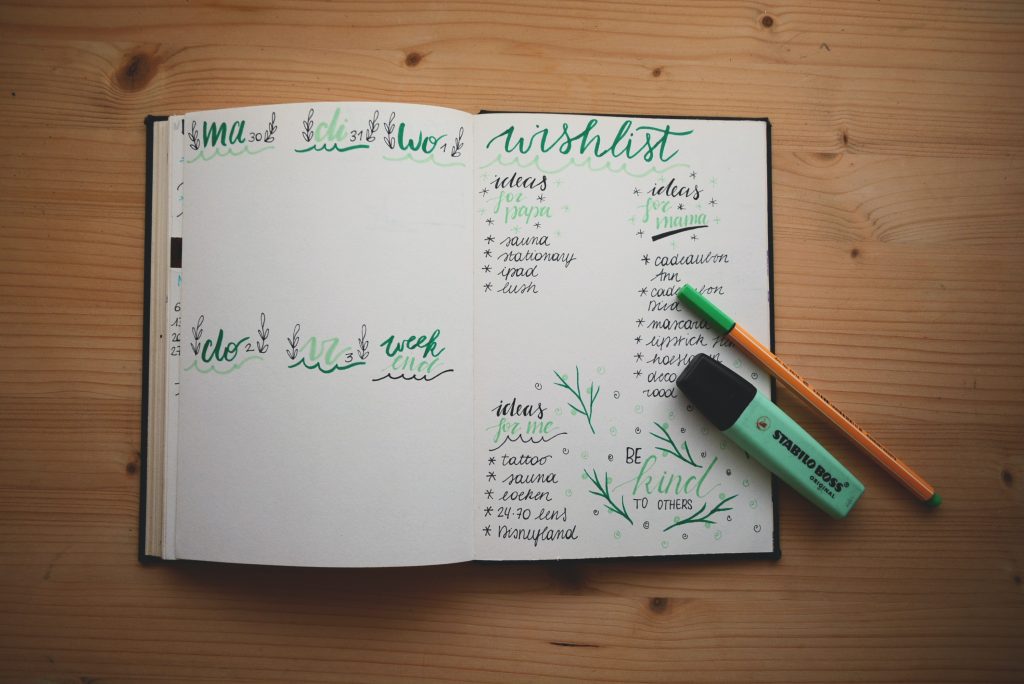
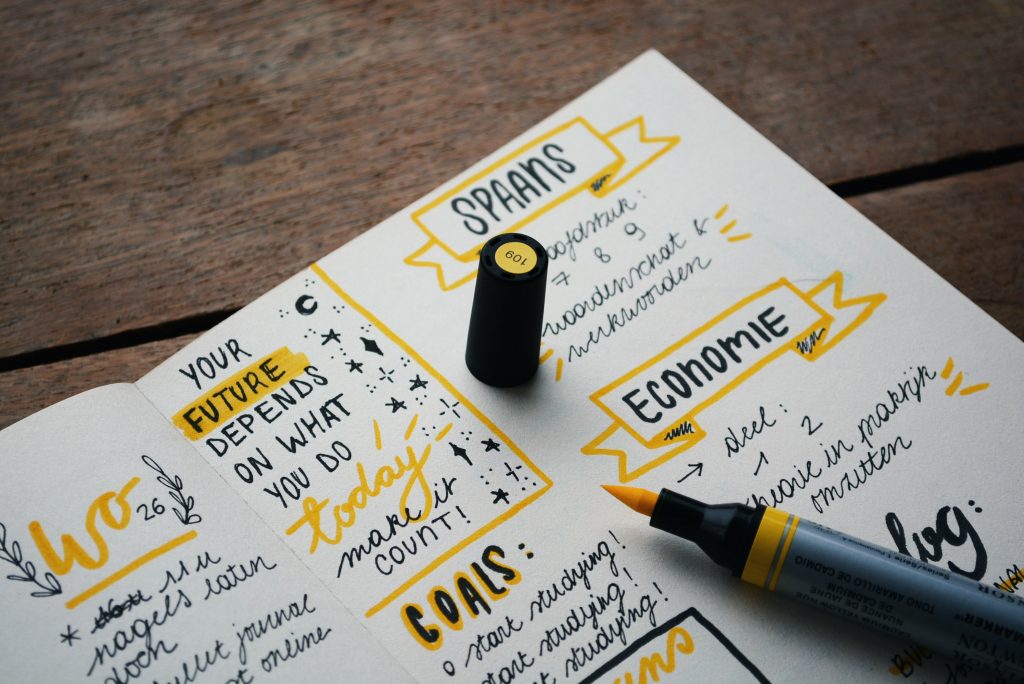
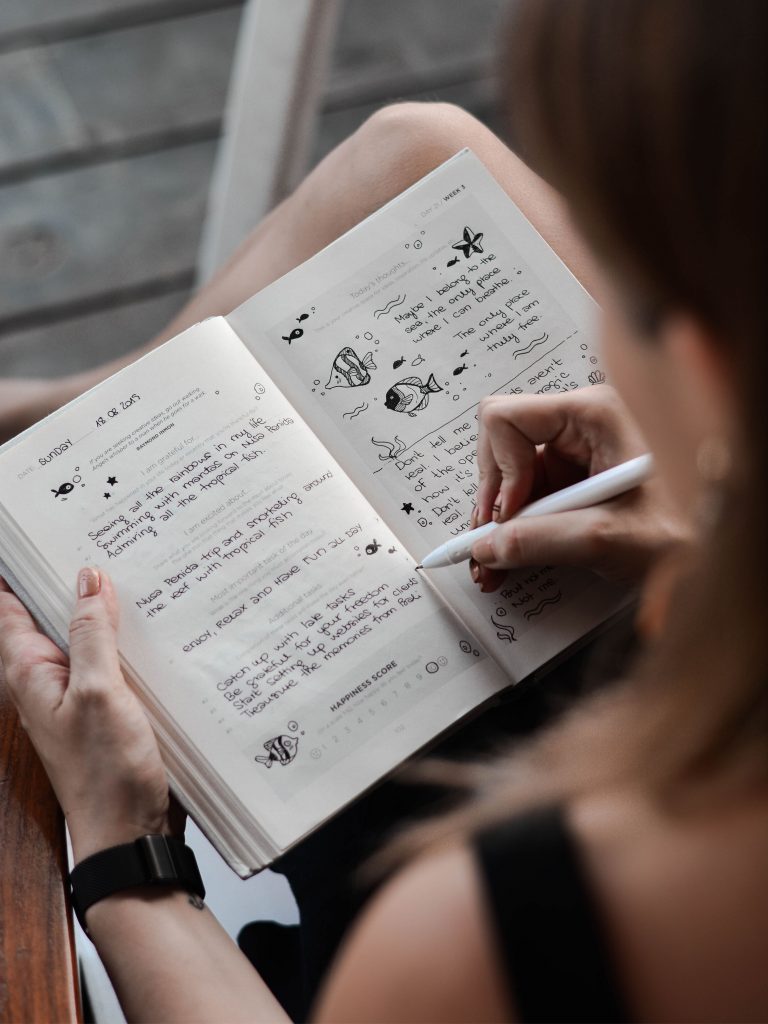




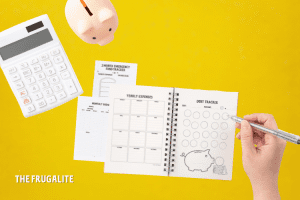

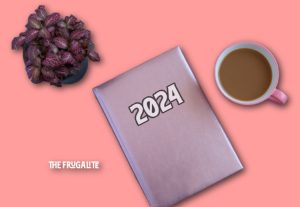
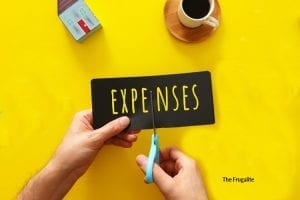

3 thoughts on “How to Create a Bullet Journal Budget”
I like the idea of bullet journaling and have done it before. But, it’s never stuck. I always want to make it look really pretty but at the same time don’t want to take too much time with it, which are basically opposite impulses! Maybe I could do a bullet journal focusing on my garden. That would be useful but a small enough subject that I might actually keep up with it? *eyes one of my many blank books meaningfully*
I can totally relate. I have 10,385 beautiful blank books waiting for something meaningful! ?
I’ve been using a bullet journal for about a year now and am just starting to use it for budgeting. The main financial benefits thus far are that I no longer buy planners I never really used and I can easily see how often I do things that can quickly get expensive, like like going out to eat or whatnot.
While I’m fairly artistic, I prefer to keep my art separate so my journal leans towards the exclusively functional type. I think that is they key to my continued use of it as it requires very little time input overall. I’ve found it to be extremely helpful with scheduling, organization, self improvement and enhancing relationships.
I’m also planning to use a separate one for gardening this year. I think this will help financially in the long run to know where I can get the most benefit from the money I put into the garden.